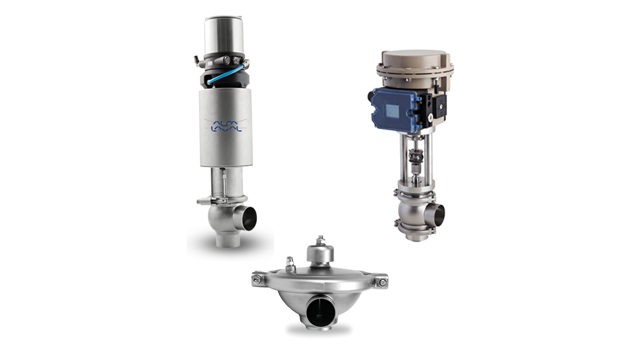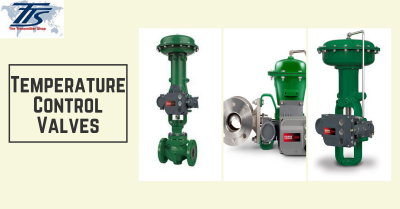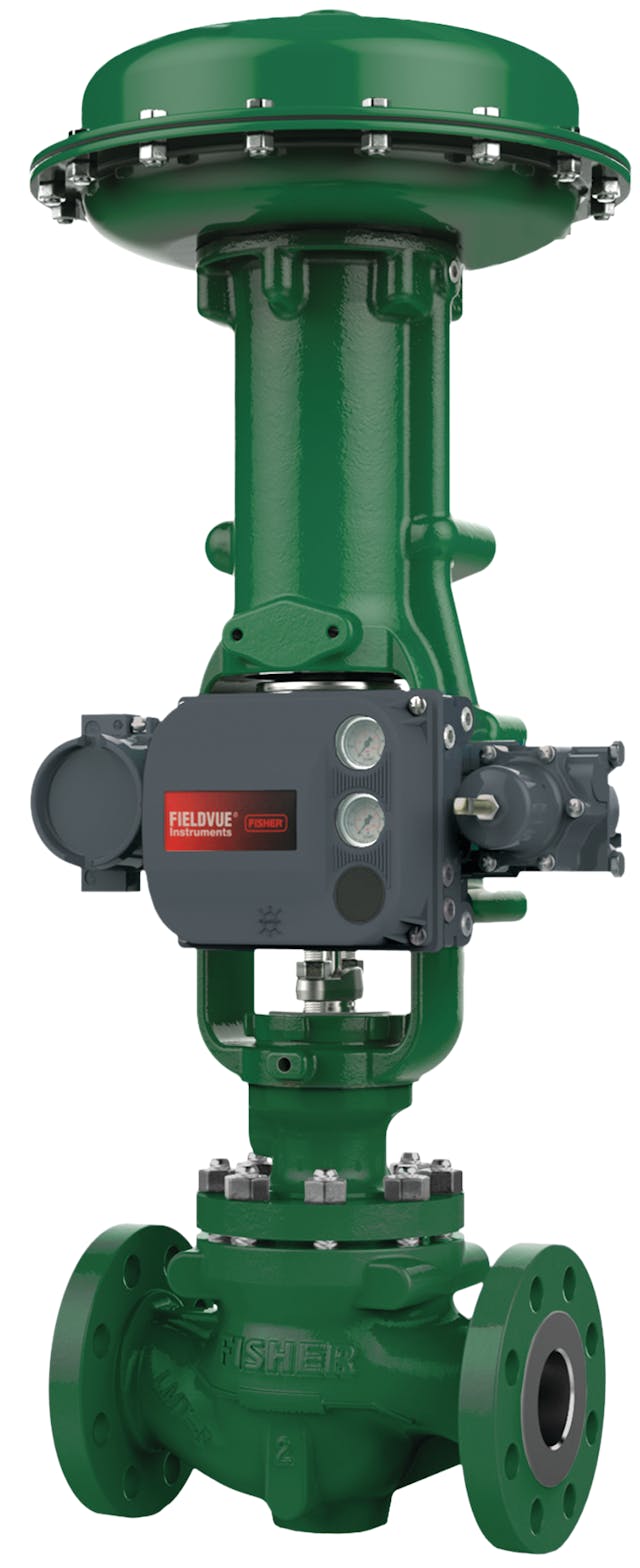
Maximize Energy Cost Savings and Comfort With Advanced Building Automation Controls
In the world of modern-day design and center monitoring, the combination of sophisticated structure automation manages stands as a critical development. The merging of modern technology and sustainability has birthed a new age where energy performance, comfort optimization, and operational streamlining are no more far-off goals however attainable facts. By utilizing the power of automation, structures can adjust, respond, and evolve in means that were once unimaginable. The capacity for significant power savings and boosted comfort is not just a pledge yet a possibility waiting to be satisfied. This paradigm shift in structure management holds the crucial to unlocking a world where ecological conscientiousness and resident wellness sympathetically exist together within the wall surfaces of our structures.
Energy Effectiveness Benefits
Energy performance advantages can significantly decrease power consumption and functional expenses in structures. By implementing energy-efficient methods and modern technologies, building owners and operators can accomplish considerable savings while also contributing to environmental sustainability. One of the main benefits of boosting power efficiency in structures is the reduction of utility expenses. Energy-efficient systems, such as sophisticated structure automation controls, can enhance the usage of sources like cooling, illumination, and heating, causing lower energy expenses with time.
Furthermore, boosted energy performance can extend the lifespan of structure tools and systems. By operating more successfully, cooling and heating systems, lighting components, and other structure elements experience much less deterioration, resulting in lowered upkeep and substitute costs. In addition, energy-efficient buildings frequently regulate greater property values and rental prices, providing lasting financial advantages to proprietors.
Moreover, power performance can enhance passenger comfort and efficiency. Appropriately controlled interior atmospheres with optimum illumination and thermal problems develop a more favorable and pleasurable work area, bring about improved worker satisfaction and performance. Generally, the power efficiency benefits connected with advanced building automation controls are diverse, incorporating cost savings, environmental stewardship, and passenger well-being.
Improved Convenience Control
Enhancing comfort control in structure settings needs an advanced combination of advanced automation systems for optimal owner wellness. By using advanced building automation controls, centers can tailor the interior setting to fulfill the certain requirements and choices of passengers. control valves.
By including these sophisticated controls, structures can not just improve convenience yet also improve power efficiency by enhancing system procedures based on actual tenancy and usage patterns. Eventually, prioritizing resident comfort with advanced automation systems leads to a much more satisfying and much healthier interior environment.
Operational Efficiency Improvements

Furthermore, the implementation of real-time tracking and analytics devices enables building drivers to identify energy inadequacies and operational anomalies immediately. By continually checking energy usage patterns and system efficiency metrics, changes can be made in real-time to optimize energy usage and make certain peak operational effectiveness. control valves. Furthermore, including need reaction methods right this link into structure automation controls can better enhance functional efficiency by dynamically changing energy usage based on grid problems and prices signals
Indoor Environment Optimization
Efficient interior climate optimization is a fundamental aspect of building automation controls, making certain owners' convenience and health while maximizing energy savings. By utilizing advanced sensors and controls, building automation systems can continuously keep an eye on and change temperature, humidity levels, air top quality, and air flow to produce an ideal indoor setting. Keeping comfortable and regular problems not only enhances occupant fulfillment however likewise increases productivity and total health.
Interior environment optimization likewise plays a vital role in try this site energy efficiency. By fine-tuning cooling, home heating, and ventilation systems based on real-time information and occupancy patterns, building automation controls can significantly reduce power consumption - control valves. Implementing approaches such as demand-controlled ventilation and thermal zoning can aid reduce power waste while guaranteeing that each location of the building gets the necessary conditioning.

Lasting Setting Development
Building automation manages not just enhance indoor climate problems for power effectiveness and passenger convenience however also lay the foundation for developing a lasting setting via calculated management of systems and resources. By incorporating advanced structure automation innovations, such as sensors, actuators, and intelligent software program, centers can readjust and keep an eye on energy use in real-time to lessen waste and reduce their carbon impact. These systems allow predictive upkeep, determining possible problems before they intensify and optimizing tools performance to enhance durability and efficiency.
In addition, sustainable setting development you can find out more expands past energy monitoring to include water preservation, waste reduction, and interior air high quality improvement. Structure automation controls can control water use, identify leakages, and make sure correct garbage disposal methods, contributing to general sustainability initiatives. Additionally, by monitoring and managing air flow and filtration systems, these modern technologies enhance passenger health and efficiency while lowering power consumption connected with HVAC operations.
Conclusion
In final thought, progressed building automation controls offer substantial advantages in terms of power financial savings, comfort control, operational effectiveness, indoor environment optimization, and creating a sustainable atmosphere. By carrying out these controls, structures can attain optimum performance while decreasing power usage and boosting owner comfort. It is obvious that using innovative automation technology is essential in improving building performance and developing an extra sustainable future.
Energy effectiveness benefits can significantly reduce energy consumption and operational costs in buildings. In general, the energy efficiency benefits associated with advanced building automation controls are diverse, including expense savings, environmental stewardship, and occupant wellness.
In addition, including need reaction approaches right into building automation controls can even more boost functional efficiency by dynamically readjusting energy use based on grid problems and pricing signals.
Structure automation manages not only enhance interior environment conditions for power efficiency and owner comfort but likewise lay the foundation for developing a sustainable setting with strategic administration of systems and sources.In conclusion, progressed building automation regulates offer considerable benefits in terms of power savings, convenience control, operational effectiveness, interior climate optimization, and producing a sustainable atmosphere.